Chrysal: or, The Adventures of a Guinea
By Charles Johnstone, 1760-65
CHOSEN BY FINTAN O’TOOLE
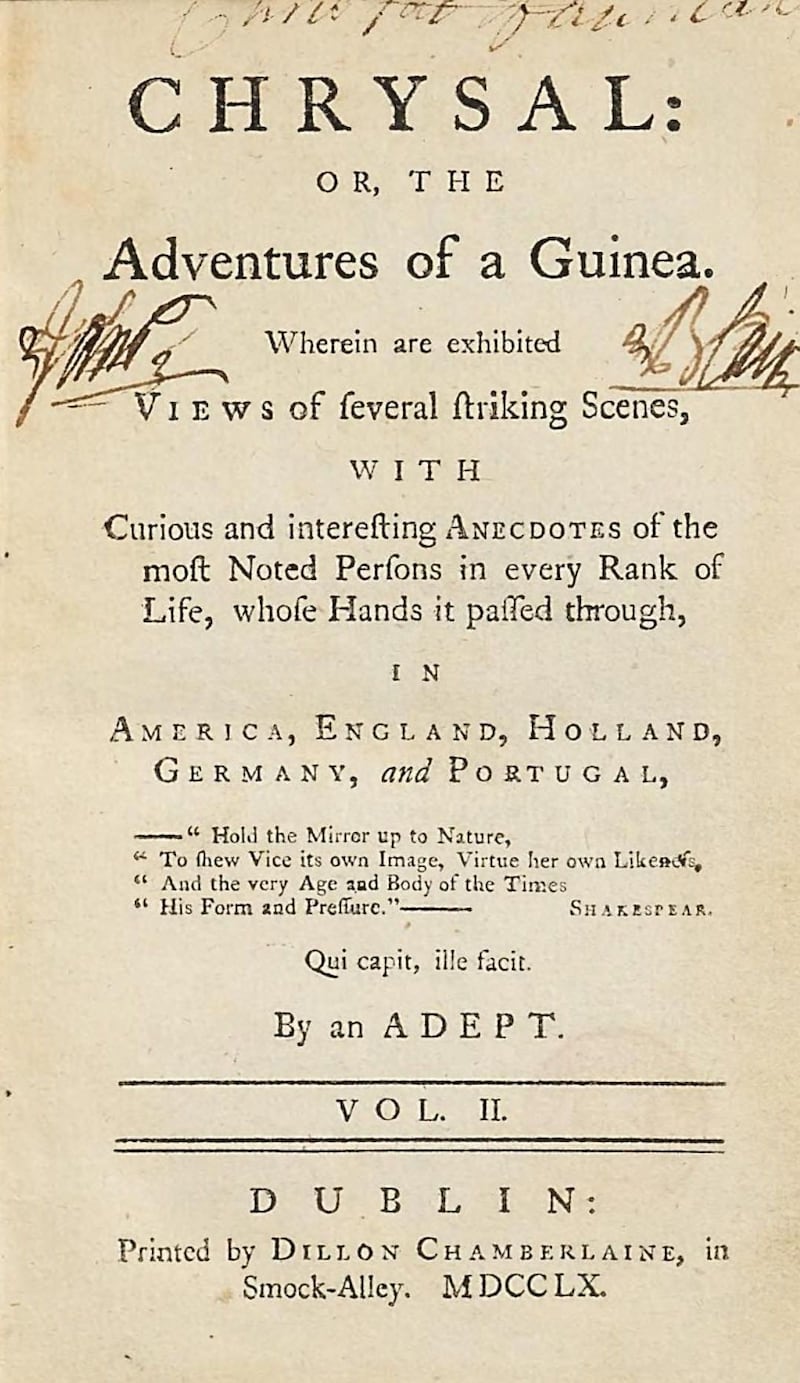
Imagine a postmodern novel whose main character is not a person but a piece of money. This token of the financial system speaks to us as it passes from hand to hand and moves rapidly around the world, from North America to England to Holland to Germany and into the networks of colonial trade. It gets into the pockets of oligarchs and crooks, and of grandees and chancers, and gets to know all their secrets.
This is not a daring work of the 21st century but a remarkable and almost completely forgotten Irish novel published in four volumes between 1760 and 1765.
Charles Johnstone was born in Carrigogunnel, Co Limerick, in 1719, studied at Trinity College and then practised as a lawyer in Dublin, but he was hampered by his deafness and turned to writing to make a living. He is obscured because Chrysal: or, The Adventures of a Guinea, his magnum opus, appeared under the name “An Adept” and “A Briton”. But how radical and contemporary is a novel that sets out to consider “how commerce… joins the opposite extremities of the earth by bringing their products together”?
Fintan O’Toole is an Irish Times columnist and the author, most recently, of We Don’t Know Ourselves: A Personal History of Ireland Since 1958
READ MORE
The Truth About Love
By Josephine Hart, 2009
CHOSEN BY EDEL COFFEY
Josephine Hart is best known for her debut novel, Damage, and its scintillating film adaptation, but it is her final novel, The Truth About Love, published two years before her death, in 2011, that showcases Hart’s depth of understanding of the human condition, and her mastery of prose.
[ Josephine Hart rememberedOpens in new window ]
Posing as a brief novel about an Irish family torn apart by grief, The Truth About Love romps through Irish history, the history of literature, and the vast and dangerous terrain of love. This book tears up the propaganda of love. Hart exposes it instead as savage, selfish and brutal, something we use to excuse the most awful behaviour, something not to be recovered from. A profound book and a worthy final instalment in Hart’s body of work.
Edel Coffey’s first novel is Breaking Point
The Pale Gold of Alaska
By Éilís Ní Dhuibhne, 2000
CHOSEN BY NUALA O’CONNOR
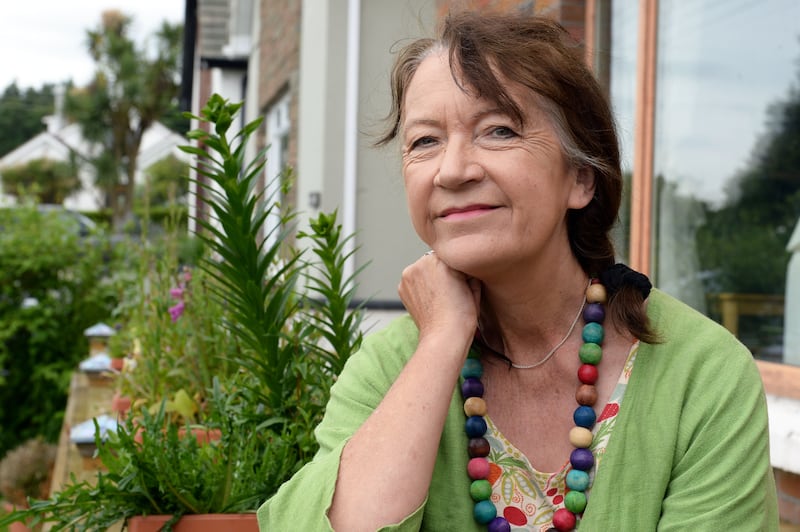
Éilís Ní Dhuibhne is a writer who takes her time, allowing her characters room inside the elusive, elastic space of the short story. She does quiet mavericks very well. The title story in this collection travels from Ireland to Montana and, imaginatively, onward to the Yukon gold rush. Sophie is a Donegal woman; through her unsuccessful marriage to Ned, a mercurial Derryman Sophie meets on a ship to North America, Ní Dhuibne examines emigration, domestic violence and forbidden love. Sophie finds sexual tenderness with a Blackfoot man and, ultimately, sorrow and loss. Ní Dhuibne’s lyrical language has Sophie find cow teats “tough and testing”, and her lover’s English words are “like a row of stiff pegs on a clothesline”. This story (and the collection itself) bathes the reader in tragedy, hope and beauty, all in cared-for language.
Nuala O’Connor’s most recent novel is Nora
The Maiden Dinosaur
By Janet McNeill, 1964
CHOSEN BY NEIL HEGARTY
“Mama, thirty-four years dead, stirred on the sofa in the drawing room…”
In Janet McNeill’s The Maiden Dinosaur, the past is never past. Rather, it tugs at the sleeve – gently, but it won’t ever let go. The eponymous dinosaur is the teacher and poet Sarah Vincent, living a respectable life in Protestant middle-class Belfast. Repression is everywhere, passion is to be extinguished wherever it is detected, and despair lurks just out of sight in the nicely tended shrubberies. McNeill’s novels are sometimes reissued and praised, and her work was anthologised in Sinéad Gleeson’s The Glass Shore – but as the architect of a realism that insinuates its harrowing effects into the depths of consciousness, McNeill should be a fixture in every reading person’s knowledge of Irish literature.
Neil Hegarty’s most recent book is The Jewel
The Christmas Tree
By Jennifer Johnston, 1981
CHOSEN BY RÓNÁN HESSION
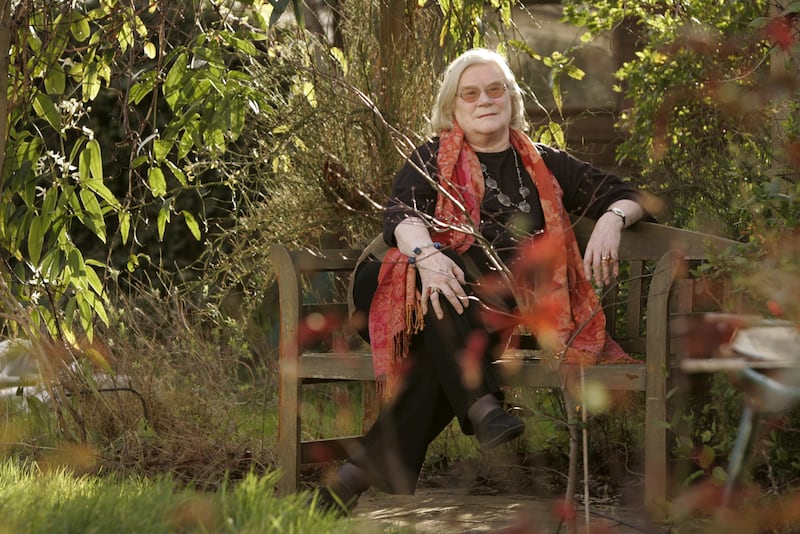
I first read Jennifer Johnston on the secondary-school curriculum, and something about her intelligent, empathetic writing must have spoken to me, because when I developed a library habit she was one of the names I would search for by default. Possibly her best book is the short 1981 novel The Christmas Tree, the story of a 45-year-old woman who has just had a baby following a holiday romance, only to discover that her postpregnancy tiredness is actually terminal leukaemia. I reread it last year and rediscovered my admiration for it. It is poignant, humane and intimate, with meticulous social detail. Her handling of transitions in time and character is a writing masterclass. A novel I will reread often, from a writer we should do more to treasure.
Rónán Hession’s next book, Ghost Mountain, is due out later this year
The Sinking of the Kenbane Head
By Sam McAughtry, 1977
CHOSEN BY BERNARD MacLAVERTY
Sam McAughtry’s first book, The Sinking of the Kenbane Head, published by Blackstaff Press, was a moving book of importance. A memoir sparked into life by the death of his much-loved brother at sea during the second World War. Sam lived a short walk away from me in Belfast, but it was a loyalist area, so we only met through our publisher. Then, in the early 1980s, he called at our house on Islay. (By that time I was an Irishman teaching English in Scotland.) During the war he’d been stationed on the island with the Royal Air Force, helping to protect the Atlantic. His talk was as good as his writing: warm, funny, passionate, insightful. He died in 2014.
Bernard MacLaverty’s most recent collection is Blank Pages and Other Stories
A Belfast Woman
By Mary Beckett, 1980
CHOSEN BY LUCY CALDWELL
Mary Beckett, born in Belfast in 1926, is a writer described by Brian Moore as “an extraordinary miniaturist of ordinary lives”. Her first collection, A Belfast Woman, published by Poolbeg Press in 1980, is comprised of 11 stories narrated by, or about, girls and women. Her prose is spare, precise, vernacular, then opens up with the most soulful of surges into a consciousness of her characters’ unhappiness that’s akin to something Chekhov might have written. And for all that her stories are described as “quiet” or “domestic”, they take in riots, sectarianism, the burning of houses, the deaths of babies, the murderous wishes of despairing wives, the harrowing of heartbreak… She is an important link in the genealogy of Northern Irish literature, unconscionably out of print, and it’s time we celebrated her.
Lucy Caldwell’s most recent book is These Days
My Dream of You
By Nuala O’Faolain, 2001
CHOSEN BY HELEN CULLEN
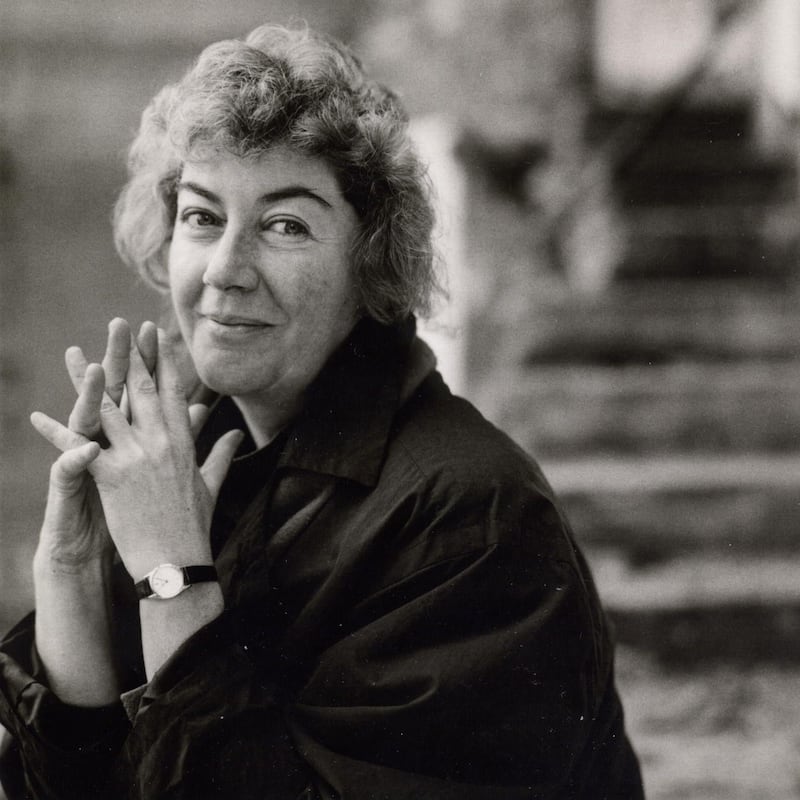
Although a best-seller when it was first published, My Dream of You has perhaps not solidified in the public consciousness in the way that the late Nuala O’Faolain’s bold and brilliant memoirs have. If reissued today, her debut novel would resonate with both old friends and a new generation of readers. Undoubtedly a writer’s writer, O’Faolain in this novel allows her fertile literary imagination to examine many of the themes of her memoir and journalism – all in her unique style and distinctive voice. The plight of Irish women is this intimate, powerful novel’s beating heart.
[ Anne Enright: Nuala O’Faolain was an impossible person, to whom we owe so muchOpens in new window ]
In more recent times, a fabulous novel that suffered from being released on the eve of lockdown, and deserved so much more attention, was Laura Cassidy’s Walk of Fame, by Alan McMonagle, a comedic tour de force with so much soul. I hope more readers discover both.
Helen Cullen’s most recent novel is The Truth Must Dazzle Gradually
Politics and Irish Life 1913-21
By David Fitzpatrick, 1977
CHOSEN BY ROY FOSTER
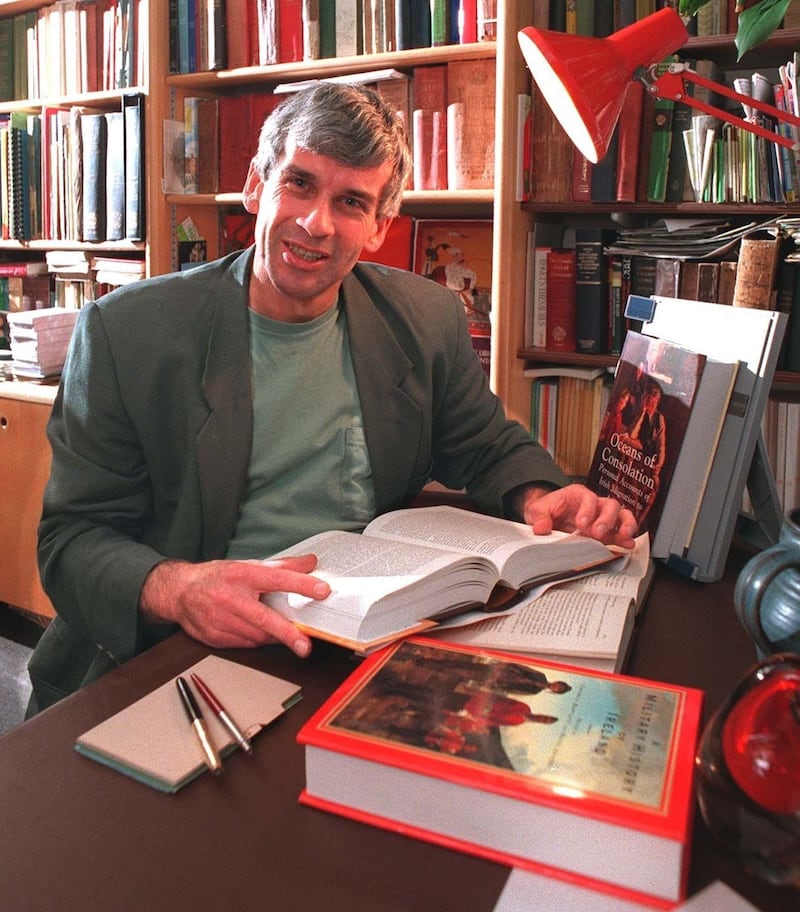
I read David Fitzpatrick’s Politics and Irish Life 1913-21: Provincial Experience of War and Revolution when it came out, and was rocked back on my heels. Astringent, empathetic, funny, insightful, the book profiled revolutionary Co Clare through its various factions and communities, and uniquely combined an imaginative and sophisticated use of statistics with an extraordinary trawl of local sources, all delivered in scintillating style. The last paragraph still reverberates: “Most Irish revolutionaries, like their opponents and victims, never escaped their roots. Through all the muddle and confusion of that ardent epoch a pattern may be discerned. The revolutionary muddle was nothing but the familiar muddle of Irish life – with all its evils, injustices, absurdities, palliatives and delights – expressed in a new language.” No one was writing Irish history like that in 1977; too few still do.
Roy Foster is emeritus professor of Irish history at Oxford University and the author of a three-volume biography of WB Yeats, among other books
The Lost Soldier’s Song
By Patrick McGinley, 1994
CHOSEN BY MARTIN DOYLE
Patrick McGinley’s eighth book is an astute, gripping anti-war novel in the tradition of Erich Maria Remarque and Henri Barbusse, set in his native Co Donegal during the War of Independence, described as the result of “the vexed and degrading relationship between two neighbouring countries that in a rationally ordered world would have been set poles apart”. The author’s outlook is summed up by Ganly, a disillusioned republican: “We’re fighting high-handed imperialism with high-minded barbarism.” Marking a change in direction after black-comic thrillers such as Bogmail and Goosefoot, both adapted for the screen, it follows the fortunes of an IRA flying column whose members become brutalised by war, exemplified by the summary execution of a possibly innocent man: “A life would end and with it an unrepeatable way of looking at things.” The novel is a call away from arms. Its hero Declan declares: “All national history is no more than a tribal dummy. This war has weaned me.”
Martin Doyle is Books Editor of The Irish Times



















